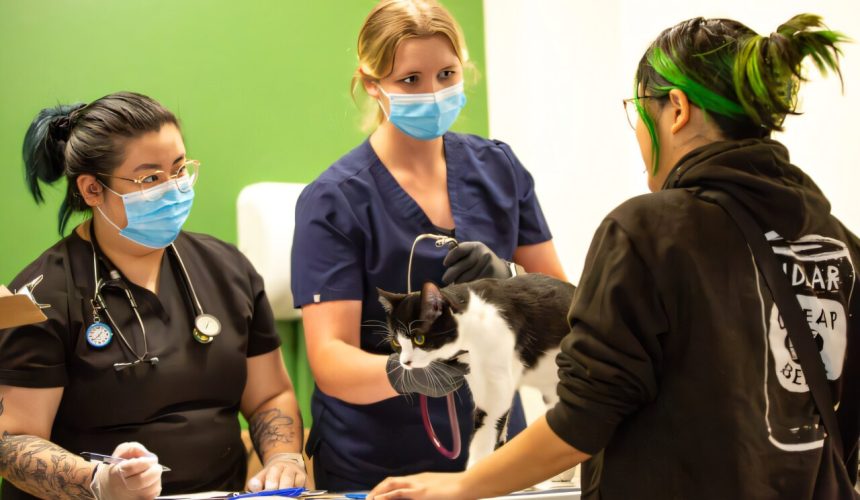[ad_1] Nearly 12% of Americans have used GLP-1 drugs for weight loss, including about one-fifth of women aged 50 to 64, according to a new RAND report. Surveying a nationally representative sample of 8,793 Americans, researchers found that 11.8% have used GLP-1 agonists and 14% say they are interested in using the drugs. Meanwhile, 74% say they do not plan to take the medications. Among those who have used GLP-1 drugs, about half report they have experienced nausea and about one-third experienced diarrhea — the two most-common side effects associated with the medications. The report is the most-recent and largest...
News

NICE Urges Ongoing Support After Obesity Treatment
[ad_1] The National Institute for Health and Care Excellence (NICE) has released updated guidance recommending that healthcare providers offer structured, ongoing support to patients after they complete obesity treatment or stop taking weight-loss medications. This includes regular follow-up care, tailored action plans, and social support to help patients maintain their weight loss and avoid regaining weight. New Drugs Raise Need for Long-Term Support The new quality standard comes as weight-loss medications such as semaglutide (Wegovy) and tirzepatide (Mounjaro) are being introduced on the NHS. An estimated 240,000 people are set to be offered tirzepatide over the next 3 years. The...

Integrating human and animal health care increases access to services for homeless youth
[ad_1] Veterinary students from Washington State University talk to a patient about their cat’s health at the Seattle One Health Clinic. A new study led by the UW found that integrating veterinary and human health care increased access to preventative care for both people and their pets. Credit: Prenz Sa-Ngoun Every year, nearly 2 million young Americans experience homelessness. As many as a quarter of them own pets, which can be both a crucial source of emotional support and a barrier to receiving services such as housing or medical care. Studies have shown that unhoused people with pets may be...

